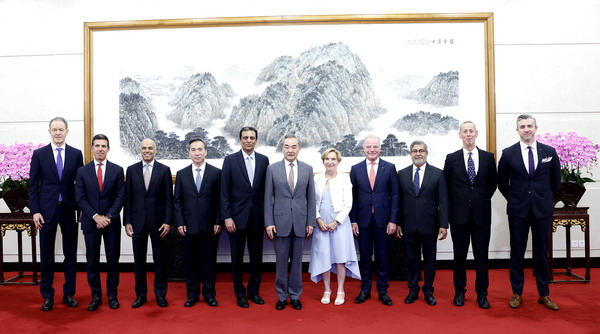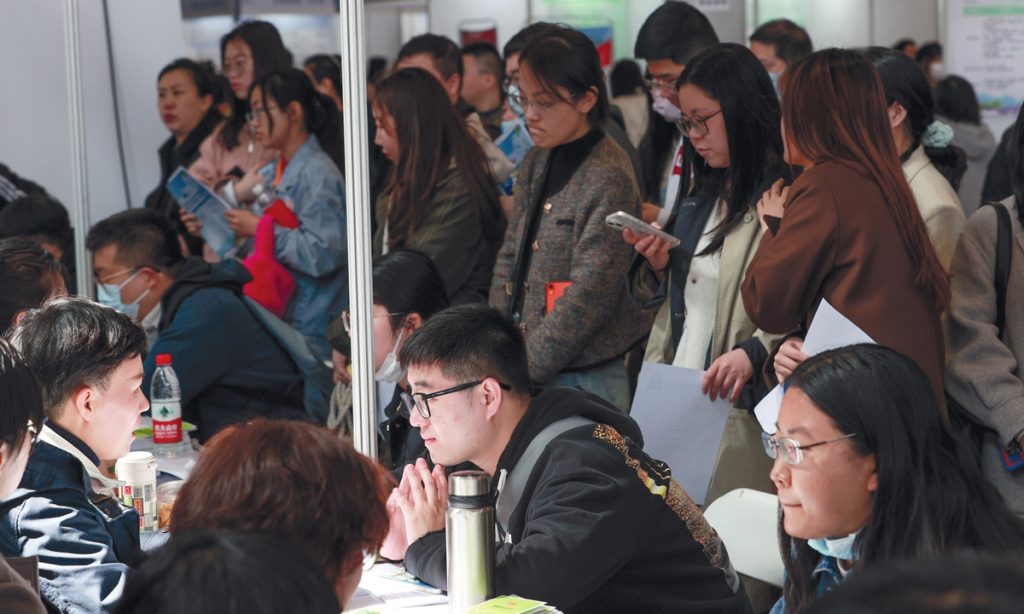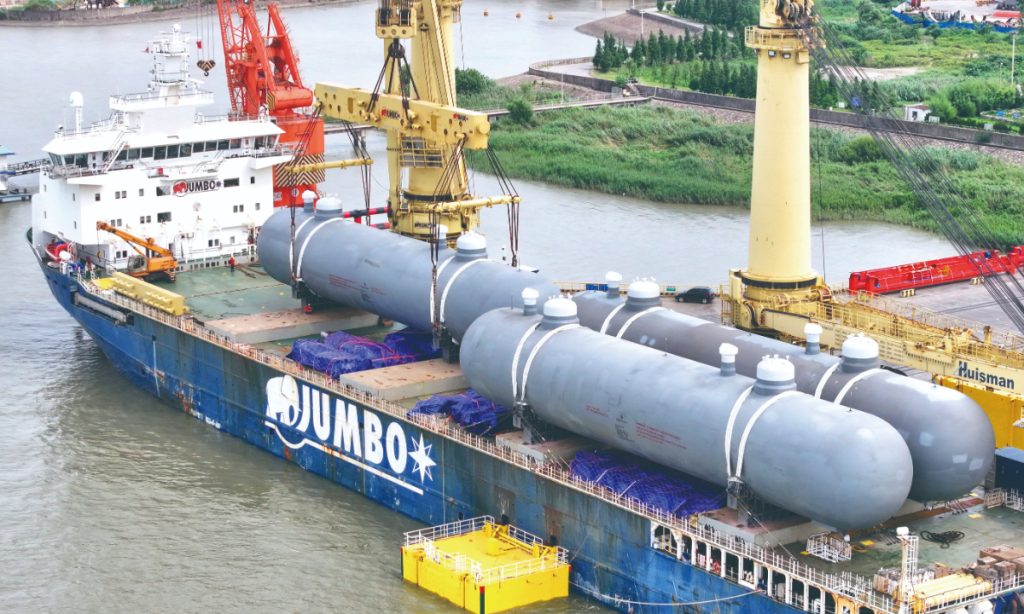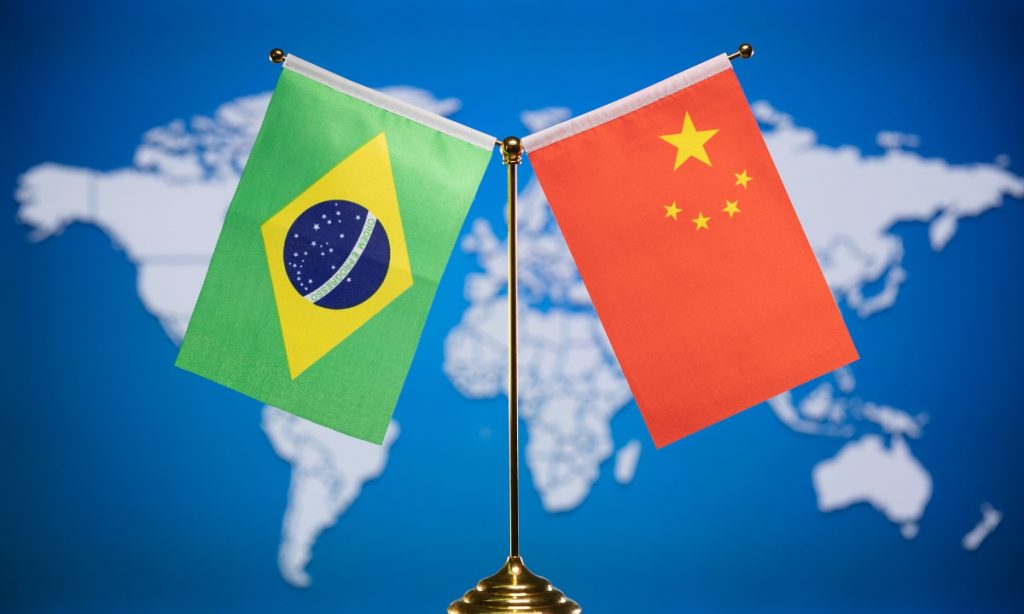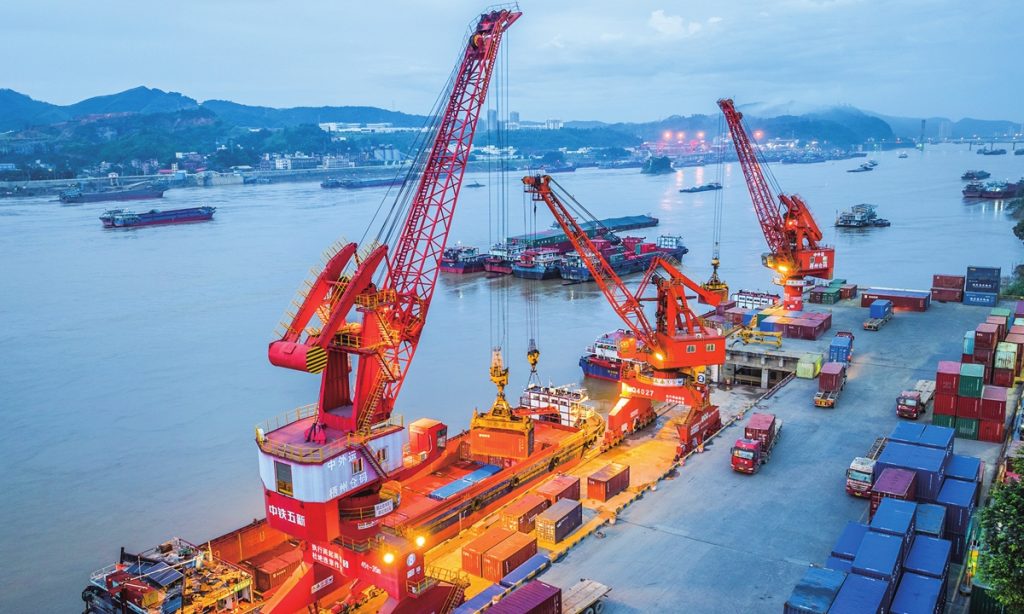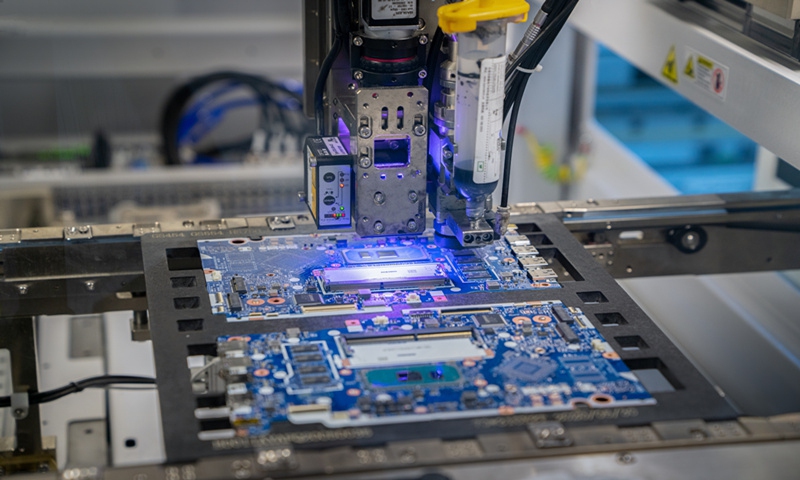PLA holds intensive foreign military interactions across three continents
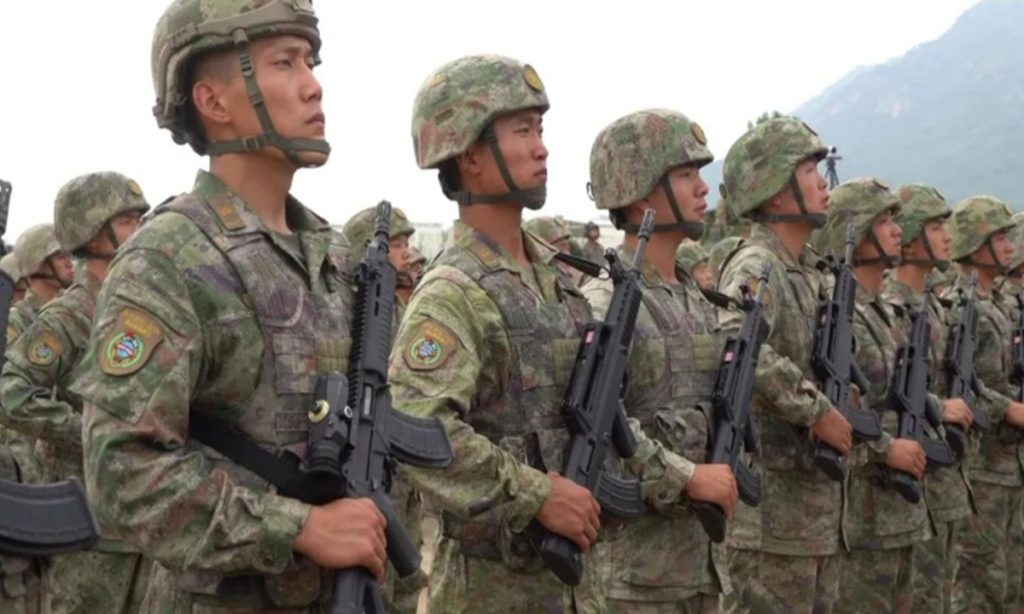
The Chinese People's Liberation Army (PLA) is holding intensive foreign military interactions with several countries across three continents, reflecting China's efforts in boosting friendly military cooperation and enhancing global peace and stability, experts said on Sunday.
In Europe, the PLA Navy's Type 052D guided missile destroyer Jiaozuo and Type 903A replenishment ship Honghu is visiting St. Petersburg and attending the celebrations of the 328th anniversary of the Russian Navy before visiting Egypt, with the Jiaozuo joining a Russian naval parade on Sunday, China Central Television (CCTV) reported.
Another PLA Navy flotilla consisting of the Type 071 comprehensive landing ship Longhushan and the far seas training ship Zheng He is visiting Vladivostok, another Russian port city, for the celebrations.
In Africa, the militaries of China, Tanzania and Mozambique are holding the Peace Unity-2024 joint exercise from late July to mid-August on land and at sea under the subject of joint counter-terrorism military operations, Zhang Xiaogang, a spokesperson at China's Ministry of National Defense, announced at a regular press conference on Thursday.
According to reports by CCTV, PLA forces arrived in Tanzania by sea and air over the past days, with the PLA Navy sending two Type 071 comprehensive landing ships, the Wuzhishan and Qilianshan, and a Type 052D guided missile destroyer, the Hefei, and the PLA Air Force sending Y-20 strategic transport aircraft in a multidimensional cross-border delivery operation carrying PLA Army troops and heavy equipment such as armored and assault vehicles.
In Asia, a detachment sent by the PLA Army will participate in the Khaan Quest-2024 multinational peacekeeping exercise in Mongolia in late July, according to the Chinese Defense Ministry.
Before these ongoing events, the PLA wrapped up several other foreign military interactions over the past month, including a China-Russia joint aerial strategic patrol over the Bering Sea, a China-Russia joint naval patrols in the West Pacific and the South China Sea, the China-Belarus Eagle Assault-2024 joint army training in Belarus, and the China-Laos Friendship Shield-2024 joint drill in Laos.
China has engaged in intensive military exchanges, joint exercises and joint patrols with foreign countries recently in moves to boost friendships, understandings and pragmatic cooperation, a Chinese military expert who requested anonymity told the Global Times on Sunday.
Being able to hold simultaneous military interactions across three continents also shows the PLA's capabilities in global reach, as China now has a large number of advanced, ready-for-combat strategic transport aircraft and far seas-capable naval vessels, the expert said.
Many of the military interactions stress counter-terrorism, peacekeeping and regional security issues, while others are friendly visits or celebrations, the experts pointed out, noting that these events are not targeted at any specific third party or regional situation, and are conducive to peace and stability around the world.


